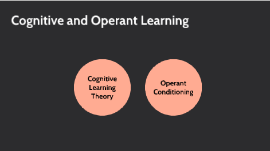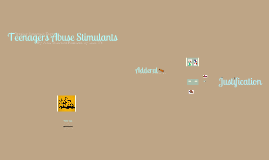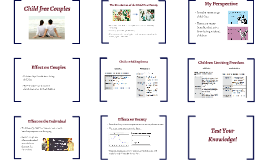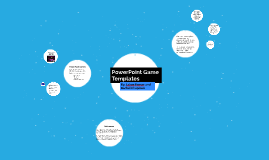Child Psychology
Transcript: Create negative and positive consequences Offering a reward for following your directions, and a penalty for disregarding them, has two important advantages; First, you'll provide motivation for the child to mind you when you tell him that if he finishes his classwork in time, he'll have time to watch a cartoon. Then you'll reinforce the message by reminding him that if he doesn't, the TV will stay off. You'll also give kids the freedom to decide how they wants to behave, instead of giving them the feeling that they’re being forced to do what you say. Let the children make some of the rules Everyone, kids and adults, wants to have a say in things that concern them. To help your child feel that he's not always being bossed around, request feedback from him if possible as you make a new rule or give him instructions to do something. ACTIVITY 2: SMARTIES HAVE THE ANSWER. Duration: 10 – 20 minutes. Resources Needed: A packet of Smarties sweets. Instructions: Hand out a bowl of Smarties to each participant and ask them to take a random number of the sweets (no more than 4 each is preferred due to time).Once every participant has collected their Smarties, advise them that the colour of their Smarties represent a different kind of question, which they will have to answer when they introduce themselves. For instance; Blue = Favourite film, Yellow = Favourite sport, Purple = Interesting family fact etc. [Of course you can adapt the questions to relate to the training session as well, which we find works well.] PARTICIPANT PROFILE Workshop starts at 3 3:00-3:20: Welcome and Introduction [Ice-breaker; getting to know the participants]. 3:20-4:10: ‘How Kids Learn’ & ‘How Kids Learn to Follow Directions’ discussion of theories followed by their respective activities. 4:10-4:20: REFRESHMENTS!! 4:20-4:30: Role Play 4:30-4:45: ‘Conscious mind’ 4:45-4:55: Conclusion 4:55-5:00: Feeler WARM-UP ACTIVITY CONTENT COVERAGE 3) The task for the participants is to all rise up together so that they are standing, but they cannot break the link in their arms. 4) The participants will find it very hard to get up at the same time unless they work together and it is this point that is important Objective: The objective of this activity is to promote working together as a team. ACTIVITY 3 LEARNING BY ASSOCIATION. Duration: 15-20 minutes. Instructions 1) Ask each person to prefix their name with another word that describes them, or a hobby interest of theirs. 2) The twist is that the initial letter of their name must be the initial letter of the characteristic. For example: Adventurous Aliya. 3) Once they have thought of their new name they are to introduce themselves and explain why they have chosen that particular characteristic. *Please note that this workshop is not subject specific and that all subject teachers who wish to improve on their teaching methodologies and gain insight into child psychology can attend it. HOW KIDS LEARN TO FOLLOW DIRECTIONS ACTIVITY 1: What’s your learning style? Paper Airplane Exercise Directions For this exercise, Participants begin with three sheets of paper. For the first attempt at making the paper airplane, verbal directions are read to the participants. For the second attempt, visual and written directions are given. For the third attempt, the instructor demonstrates each step while the students fold their paper airplanes. Then participants can fly the planes. Discussion follows about auditory, visual and tacit learning styles and how this might be applied to learning in schools. Understanding child psychology is perhaps one of the most important challenges a teacher is faced with, a teacher has a profound influence on a child’s mind while shaping his/her life hence, it is crucial for a teacher to assume a multidimensional role in training young learners, in order to promote a positive outcome for all children, tuning their skills and potential to the fullest. 1. Introduce to participants: Learning Styles Activity Based Learning Problem Based Learning Discuss the strengths and weakness of each style, Areas of application and how they enable students to learn more effectively. Also, discuss cognitive processes each style involves and the necessity to sharpen these. How Children Learn? Under this section, we will discuss what methods should be adopted in a classroom setting that facilitate optimum learning to take place. Citing references from different theories. Different styles of learning will be introduced; Auditory, Visual, Tactile. We will establish whether there’s just one style of learning that’s best or whether it varies from person to person. Should teachers adopt just one style of learning or should they use a mix of all three? ACTIVITY 3: ‘WALK A MILE IN MY SHOES’ PROBLEM BASED ACTIVITY This is a problem based activity where teachers will be divided into groups of 5. They will then be asked to select a case from a bowl of cases passed to them and come up with solutions and reasoning to

















